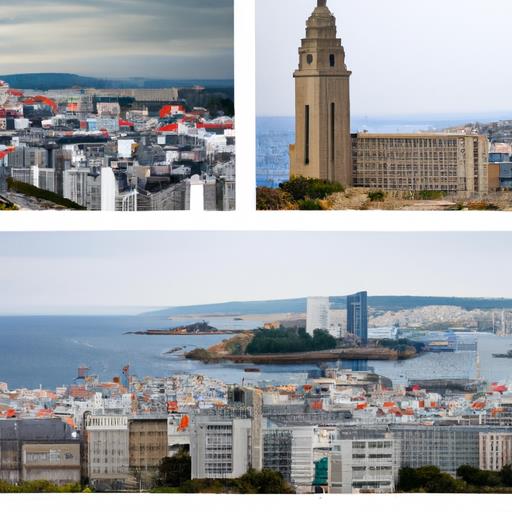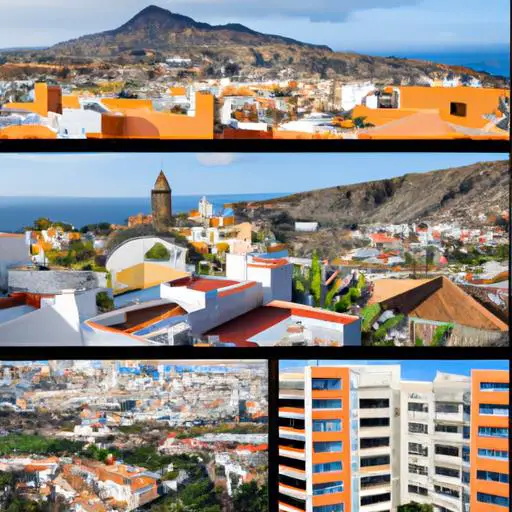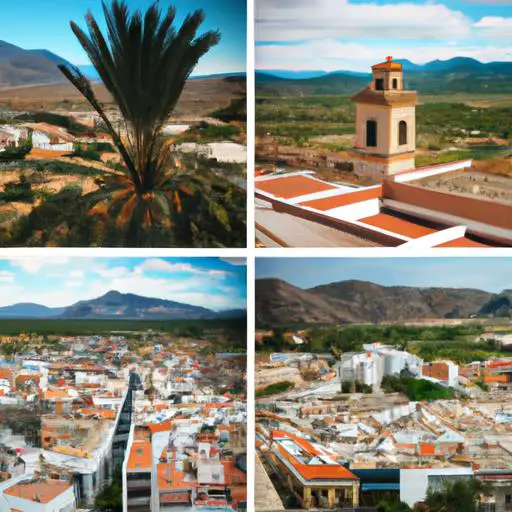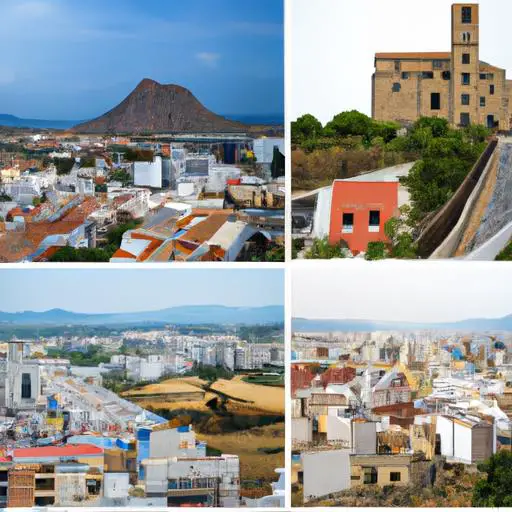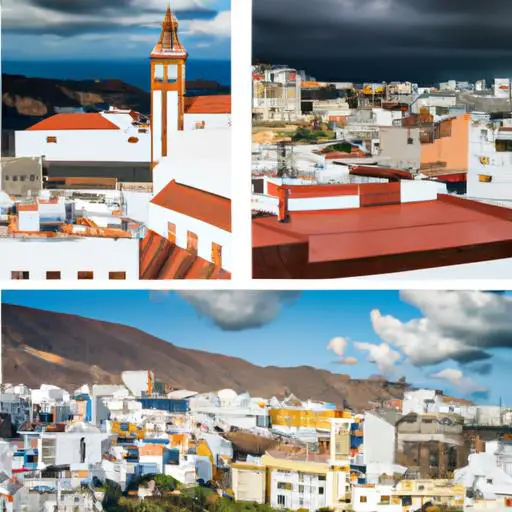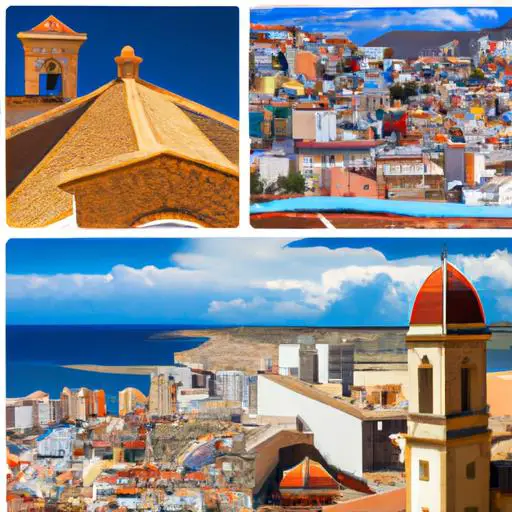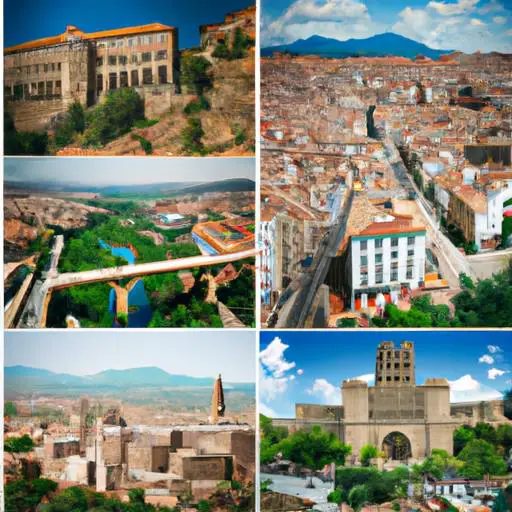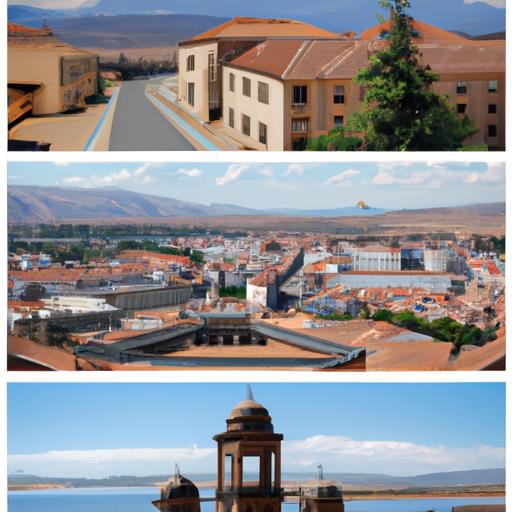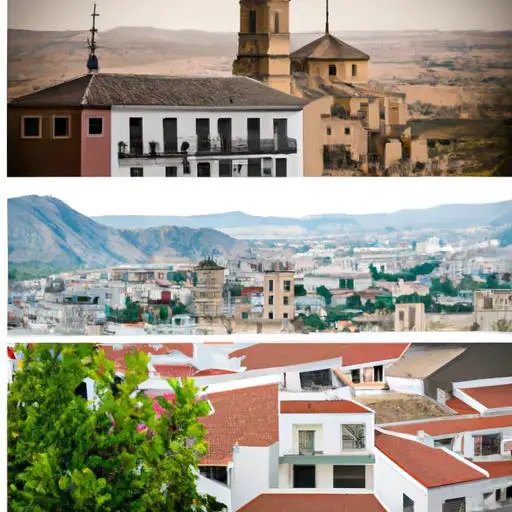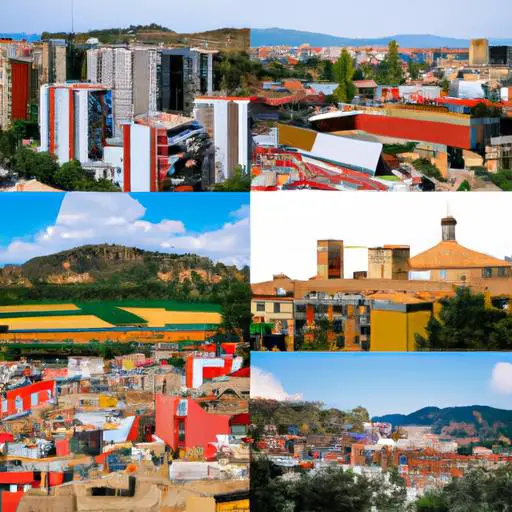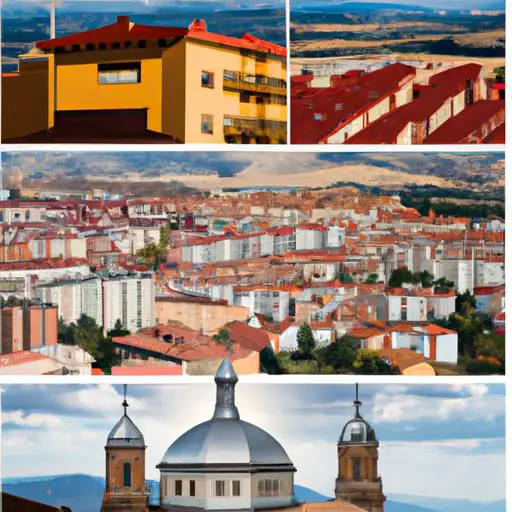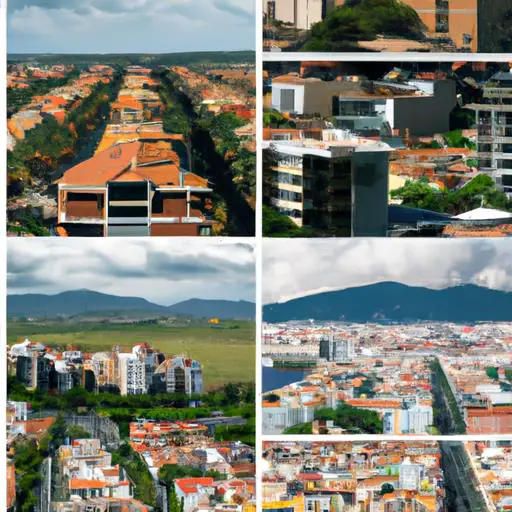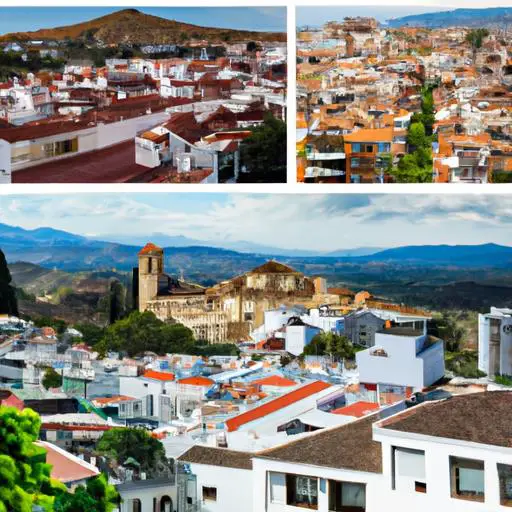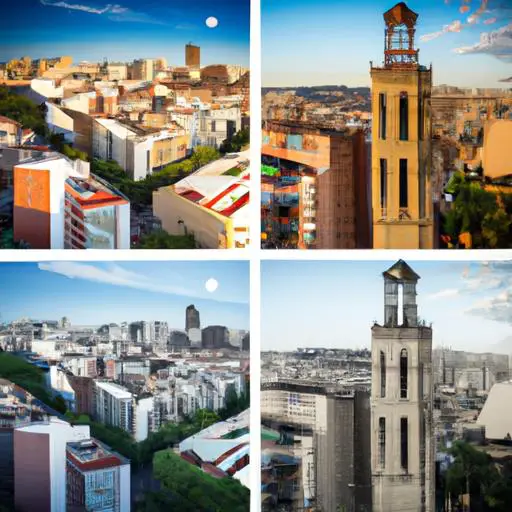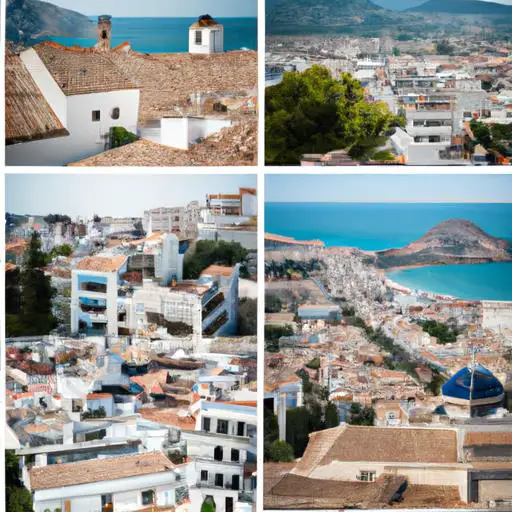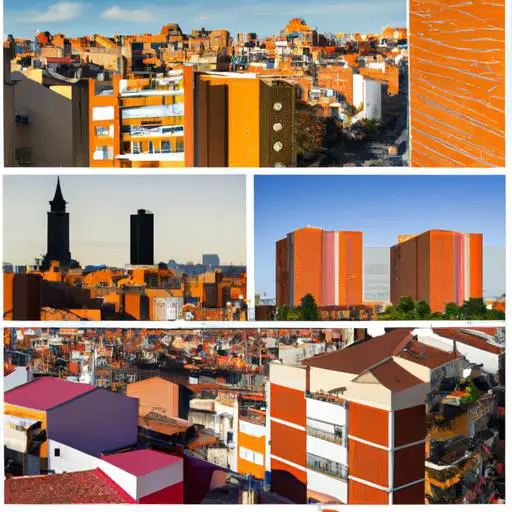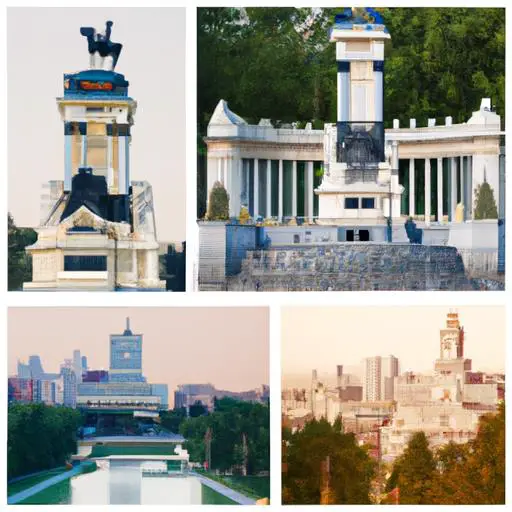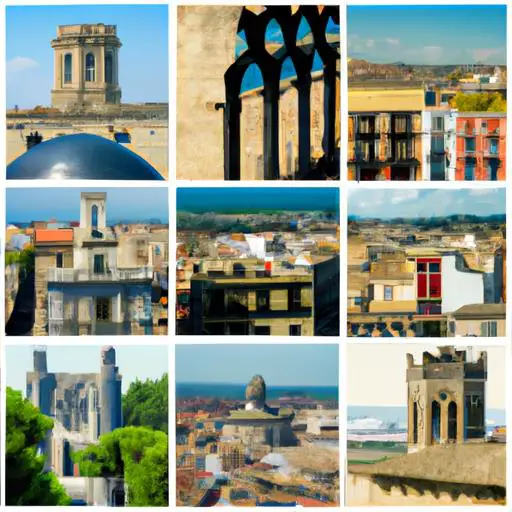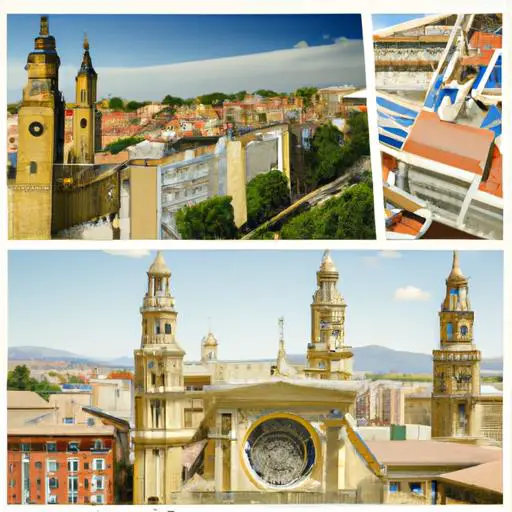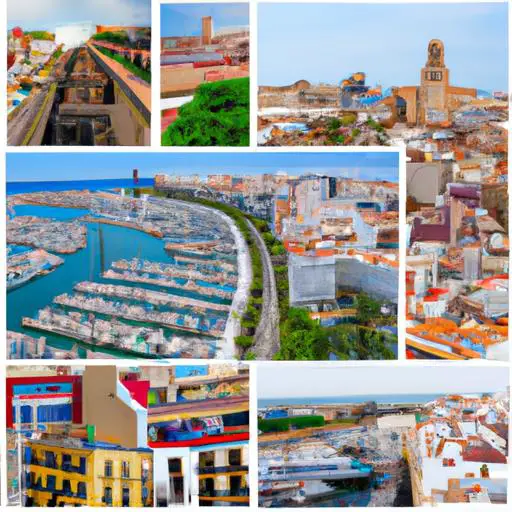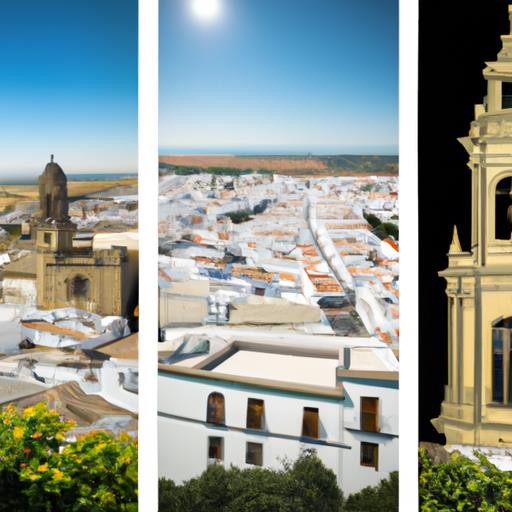History & Information About Mudejar Architecture of Aragon (UNESCO World Heritage), Spain
The Mudejar architecture of Aragon in Spain is a unique and remarkable style that reflects the historical and cultural coexistence of Christians and Muslims in the region during the Middle Ages. This architectural style emerged during the 12th to 17th centuries, showcasing the fusion of Islamic and Christian influences, resulting in a mesmerizing blend of artistic elements.
UNESCO recognized the significance of this architectural tradition and declared the Mudejar Architecture of Aragon as a World Heritage Site in 1986. This honor underlines its outstanding universal value and the need for its preservation and promotion.
The term "Mudejar" refers to the Muslim population that remained in Christian territories after the Reconquista, which was the gradual reconquest of Spain by Christian kingdoms from the Moors. As the Christian rulers appreciated the skills and craftsmanship of the Muslim artisans and craftsmen, they allowed them to continue working in their traditional style.
Mudejar architecture is characterized by its exquisite geometric patterns, intricate ornamental decoration, and the use of brick as the primary building material. It is a visual representation of the peaceful coexistence and cultural exchange between Christians and Muslims in the Iberian Peninsula.
One of the most iconic examples of Mudejar architecture in Aragon is the Aljaferia Palace in Zaragoza. Originally built as a fortress in the 9th century, it was later transformed into a palace by the Christian kings, maintaining the distinctive Mudejar style. The palace features delicately carved arches, horseshoe arches, wooden ceilings adorned with geometric patterns, and beautiful tile work.
Another renowned masterpiece is the Cathedral of Teruel. Its famous tower, known as El Mudejar, is an exceptional example of Mudejar architecture. Built in the 13th century, it showcases decorative brickwork, ceramic tiles, and intricately designed windows. The tower's unique blend of Islamic and Gothic styles is a testament to the harmonious coexistence of different cultures.
Mudejar architecture can also be observed in numerous churches, mosques, towers, and palaces throughout the Aragon region. These structures exhibit a distinctive combination of Islamic arches, Christian chapels, and Mudejar-styled ceilings.
The preservation and restoration of Mudejar architecture in Aragon have been diligently carried out to maintain its authenticity and cultural significance. The use of traditional construction techniques and materials, including brickwork, plasterwork, and wood carving, ensures that the original essence of these structures remains intact.
Visiting the Mudejar architecture sites of Aragon provides a unique opportunity to witness the artistic blend of Islamic and Christian traditions. The intricate designs and architectural marvels transport visitors to a bygone era, showcasing the influence of diverse cultures and the rich history of the region.
In conclusion, the Mudejar architecture of Aragon stands as a testament to the harmonious coexistence of different religions and cultures. Its recognition as a UNESCO World Heritage Site highlights its significance as an invaluable cultural treasure. The artistic amalgamation of Islamic and Christian influences creates a captivating visual experience for visitors and reminds us of the rich history and cultural diversity of Spain.
Read more
Interesting Lesser Known Facts About Mudejar Architecture of Aragon (UNESCO World Heritage), Spain City
Mudejar Architecture refers to the distinctive architectural style developed by Moors who remained in Spain after the Reconquista in the 15th century. Aragon, a region in Spain, is known for its exceptional Mudejar Architecture, declared as a UNESCO World Heritage site. Here are some lesser-known facts about it:
- Mudejar Architecture combines elements of Islamic, Gothic, Romanesque, and Renaissance architecture, creating a unique fusion of styles.
- The buildings and structures influenced by Mudejar Architecture display exquisite craftsmanship and intricate ornamentation with detailed tilework, wooden ceilings, plasterwork, and brick patterns.
- Aragon's Mudejar Architecture features stunning examples such as the Aljaferia Palace in Zaragoza, the Teruel Cathedral, and the Church of San Pablo in Zaragoza.
- The Aljaferia Palace, originally a Moorish fortress, showcases a blend of Islamic and Christian styles, portraying the rich history of coexistence and cultural exchange.
- The Teruel Cathedral's Mudejar tower is a masterpiece, known as "El Torico," featuring a unique octagonal shape adorned with colorful ceramic tiles and symbolic patterns.
- One of the exciting features of Aragon's Mudejar Architecture is the intricate latticework known as "artesonado," which can be seen in ceilings, doors, and balconies.
- The Mudejar Architecture of Aragon reached its peak during the 14th and 15th centuries, leaving an indelible mark on the region's cultural heritage.
- UNESCO recognized Aragon's Mudejar Architecture as a World Heritage site in 1986, highlighting its significance and universal value.
- Exploring Aragon's Mudejar Architecture provides a captivating journey through history, revealing the intermingling of diverse cultures and the enduring beauty of their architectural creations.
If you ever have the opportunity to visit Aragon, don't miss the chance to marvel at the splendid Mudejar Architecture that showcases the region's rich cultural tapestry.
Same cateogry post
- Castle of Belmonte, Cuenca, ES : Interesting Facts, History Information & Travel Guide
- Cartuja de Miraflores, Burgos, ES : Interesting Facts, History Information & Travel Guide
- Monastery of Santa María de Guadalupe, ES : Interesting Facts, History Information & Travel Guide
- Mosque of Cristo de la Luz, Toledo, ES : Interesting Facts, History Information & Travel Guide
Travel Guide: Mudejar Architecture of Aragon, Spain
The Mudejar architecture of Aragon, located in Spain, is a UNESCO World Heritage site known for its unique blend of Islamic and Christian architectural styles. If you're planning to visit this historic region, here's a detailed travel guide to help you make the most of your trip.
1. Getting There
The region of Aragon is located in northeastern Spain and is well-connected by air, train, and road networks. The nearest international airport is Zaragoza Airport, which receives flights from major cities across Europe. From the airport, you can easily reach the main cities within Aragon by public transportation or rental car.
2. Best Time to Visit
The best time to visit the Mudejar architecture of Aragon is during spring (April to June) and autumn (September to November). The weather is pleasant, and you can avoid the crowds that come during the peak summer months. The region experiences a Mediterranean climate, so winters are mild, and summers can be hot.
3. Must-Visit Sites
There are several stunning Mudejar architecture sites in Aragon that you should explore:
- The Aljafería Palace: Located in Zaragoza, this palace showcases exquisite Islamic-inspired architecture blended with Gothic and Renaissance elements.
- Teruel Cathedral: Known as "La Seo," this cathedral features stunning Mudejar-style ceilings and intricate decorations.
- San Pablo Church: Situated in Zaragoza, this church is a true masterpiece of Mudejar craftsmanship with its beautiful brickwork and ornate details.
- Tauste Church Tower: This tall Mudejar tower in Tauste offers sweeping views of the surrounding countryside and is a great example of the region's architectural heritage.
4. Local Cuisine and Traditions
While exploring the Mudejar architecture of Aragon, don't miss the chance to indulge in the local cuisine. Aragon is known for its hearty dishes influenced by Spanish and Mediterranean flavors. Some traditional foods to try include "migas" (a dish made from breadcrumbs), "ternasco" (roast lamb), and "empanada" (a savory pastry filled with meat or vegetables).
The locals in Aragon also celebrate several festivals that showcase the region's rich cultural heritage. The "Fiestas del Pilar" in Zaragoza during October is a grand celebration featuring parades, concerts, and traditional performances, attracting visitors from all over Spain.
5. Nearby Attractions
If you have more time, consider visiting some of the nearby attractions around Aragon:
- Monasterio de Piedra: Located in the province of Zaragoza, this monastery is renowned for its stunning natural landscapes, waterfalls, and lush greenery.
- Catalayud: A historic town near Zaragoza, Catalayud is known for its medieval architecture, including the iconic 14th-century Calatayud Castle.
- Ordesa y Monte Perdido National Park: Located in the Pyrenees mountains, this national park offers breathtaking hiking trails and stunning views of the mountains.
Remember to immerse yourself in the local culture, interact with the friendly locals, and capture the beauty of Mudejar architecture through your lens.
Same cateogry post
- Alcazar of Segovia, ES : Interesting Facts, History Information & Travel Guide
- Casa Batlló, Barcelona, ES : Interesting Facts, History Information & Travel Guide
- Hospital de Sant Pau, Barcelona, ES : Interesting Facts, History Information & Travel Guide
- Mosque of Cristo de la Luz, Toledo, ES : Interesting Facts, History Information & Travel Guide
Frequently Asked Questions about Mudejar Architecture of Aragon (UNESCO World Heritage), Spain
What is Mudejar architecture?
Mudejar architecture refers to the unique architectural style developed by Muslim craftsmen during the medieval period in the regions controlled by Christian rulers in Spain. It is characterized by a fusion of Islamic and Christian designs, materials, and techniques. The term "Mudejar" comes from the Arabic word "Mudajjan," meaning "one who was permitted to stay" and reflects the influence of Islamic culture on the Christian societies of that time.
Why is Mudejar architecture significant?
Mudejar architecture is of great cultural and historical significance as it embodies the coexistence and interchange of different cultures in medieval Spain. It represents a unique blend of Islamic and Christian artistry, resulting in a distinct architectural style that showcases the skills and craftsmanship of both Muslim and Christian artisans. The Mudejar architecture of Aragon, in particular, holds immense importance, as it is one of the most exceptional and well-preserved examples of this style anywhere in the world.
Where can one find Mudejar architecture in Aragon?
Aragon, located in northeastern Spain, is home to various breathtaking Mudejar architectural wonders. The city of Teruel is renowned for its splendid Mudejar structures, including the iconic Teruel Cathedral, San Pedro Church, and the Mausoleum of the Lovers of Teruel. Zaragoza, the capital of Aragon, boasts incredible Mudejar landmarks like the Aljafería Palace, La Seo Cathedral, and numerous Mudejar towers spread across the old town.
What are the characteristic features of Mudejar architecture?
Mudejar architecture displays a distinctive combination of Islamic and Christian elements. Some of the key features include the use of brick as the primary building material, intricate geometric patterns, horseshoe arches, ornamental plasterwork, decorative ceramic tiles, and wooden ceilings adorned with intricate carvings. These features demonstrate the harmonious collaboration between the Islamic and Christian artistic traditions, resulting in awe-inspiring architectural masterpieces.
Why was Mudejar architecture included in the UNESCO World Heritage list?
Mudejar architecture of Aragon was inscribed on the UNESCO World Heritage list in 1986. It was recognized for its outstanding universal value as a unique testimony to the cultural and artistic interchange between Islamic and Christian societies during a significant historical period. The Mudejar buildings of Aragon beautifully reflect the high level of artistic and technical achievement achieved through cross-cultural cooperation, making them worthy of preservation and international recognition.
Can visitors explore the Mudejar architecture in Aragon?
Absolutely! The Mudejar architecture of Aragon is open for exploration, and visitors can marvel at the remarkable craftsmanship firsthand. Many of these historic sites are open to the public, allowing visitors to stroll through the centuries-old halls, admire the intricate details, and appreciate the cultural significance of these architectural marvels. Guided tours and information centers are also available to provide a deeper understanding of the history and significance of Mudejar architecture in Aragon.
Related Post
- Castle of Gibralfaro, Malaga, ES : Interesting Facts, History Information & Travel Guide
- Alcázar of Colón, Santo Domingo, ES : Interesting Facts, History Information & Travel Guide
- Castle of Lorca, Murcia, ES : Interesting Facts, History Information & Travel Guide
- Mosque of Cristo de la Luz, Toledo, ES : Interesting Facts, History Information & Travel Guide

